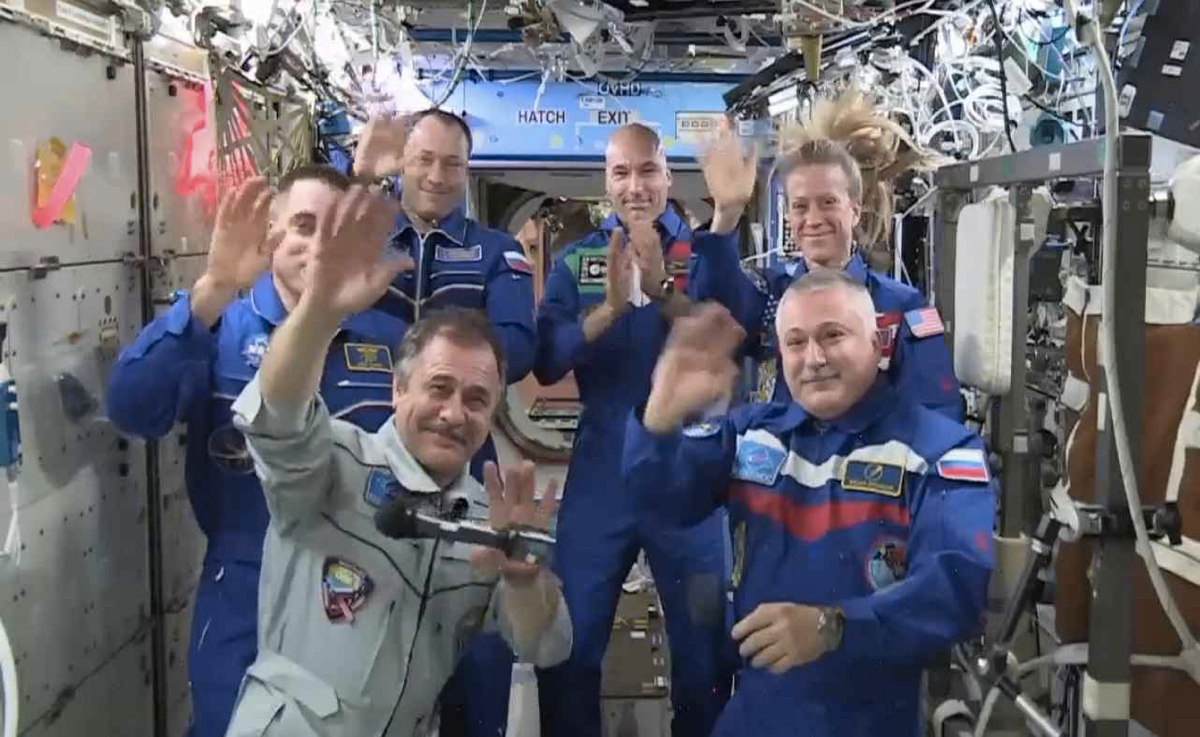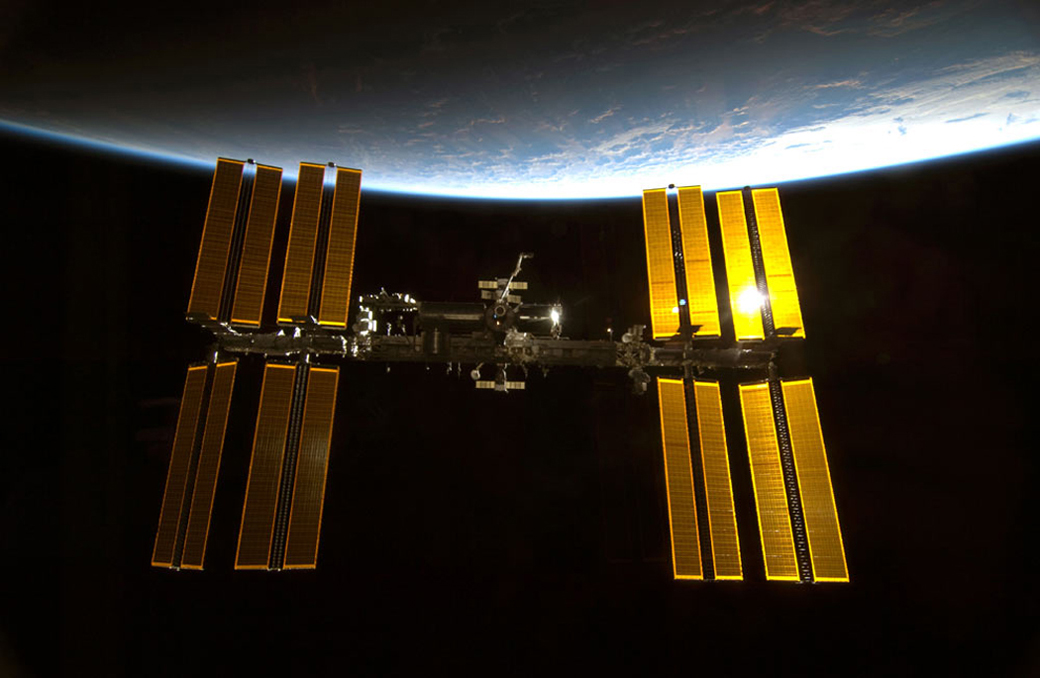US-Russian Space Crew Returns to Earth Tonight: How to Watch Live

After months in space on the International Space Station, two Russian cosmonauts and an American astronaut will return to Earth today (Sept. 10), and you can watch their homecoming live online.
NASA astronaut Chris Cassidy and Federal Space Agency cosmonauts Pavel Vinogradov and Alexander Misurkin are wrapping up a five-month stay onboard the space station. They are due to land their Russian-built Soyuz spacecraft on the Central Asian steppes of Kazakhstan at 10:58 p.m. EDT (0258 Sept. 11 GMT).
You can watch the Soyuz landing webcast live on SPACE.com via NASA TV. You can also see minute-by-minute updates via the Mission Status Center by Spaceflight Now, a SPACE.com partner. NASA's coverage of tonight's landing events begins at 4 p.m. EDT (2000 GMT), with live views of the station crew's farewell ceremony and hatch closing. The undocking webcast will begin at 7:15 p.m. EDT (2315 GMT) in anticipation of a 7:37 p.m. EDT departure of the Soyuz from the space station. Landing coverage will start at 9:45 p.m. EDT (0145 Sept. 11 GMT). [See Photos of the Expedition 36 Crew on the Space Station]
Misurkin, Cassidy and Vinogradov's undocking will mark the end of the space station's Expedition 36 mission and the beginning of Expedition 37, commanded by Russian cosmonaut Fyodor Yurchikhin. Yurchikhin, NASA astronaut Karen Nyberg and Italian astronaut Luca Parmitano round out the station's remaining crew.
"The moment has come that we need to say goodbye to our wonderful home — this beautiful station where we spent over five months," Vinogradov said as he passed command to Yurchikhin during a ceremony on Sept. 9. "… I would like to thank my crew. [They] are wonderful professionals, great friends and I have enjoyed working with them a lot. We had a great environment here, very friendly and very warm."
Yurchikhin, Nyberg and Parmitano launched to the space station in May and will stay behind and await the arrival of Russian cosmonauts Oleg Kotov and Sergey Ryazanskiy and NASA astronaut Michael Hopkins. That new crew will round out the Expedition 37 team after it launches on Sept. 25.
During Cassidy's time in space, he ventured outside of the space station to perform multiple spacewalks including one previously unscheduled spacewalk with NASA's Tom Marshburn during Expedition 35 to repair a leak of ammonia on the outside of the station.
Get the Space.com Newsletter
Breaking space news, the latest updates on rocket launches, skywatching events and more!
For his last bit of time on the station, Cassidy collected urine and blood samples, storing them inside the Human Research Facility's science freezer, according to NASA officials. He also replaced a fluids control and pump assembly in the Tranquility node's water recycling system.

Rotating crews of spaceflyers have continuously manned the $100 billion International Space Station since 2000. Construction of the orbiting laboratory began in 1998 and five different space agencies representing 15 countries contributed to the building of the space station. It is the largest manmade structure in space.
Follow Miriam Kramer @mirikramer and Google+. Follow us @Spacedotcom, Facebook and Google+. Original article on SPACE.com.
Join our Space Forums to keep talking space on the latest missions, night sky and more! And if you have a news tip, correction or comment, let us know at: community@space.com.

Miriam Kramer joined Space.com as a Staff Writer in December 2012. Since then, she has floated in weightlessness on a zero-gravity flight, felt the pull of 4-Gs in a trainer aircraft and watched rockets soar into space from Florida and Virginia. She also served as Space.com's lead space entertainment reporter, and enjoys all aspects of space news, astronomy and commercial spaceflight. Miriam has also presented space stories during live interviews with Fox News and other TV and radio outlets. She originally hails from Knoxville, Tennessee where she and her family would take trips to dark spots on the outskirts of town to watch meteor showers every year. She loves to travel and one day hopes to see the northern lights in person. Miriam is currently a space reporter with Axios, writing the Axios Space newsletter. You can follow Miriam on Twitter.









